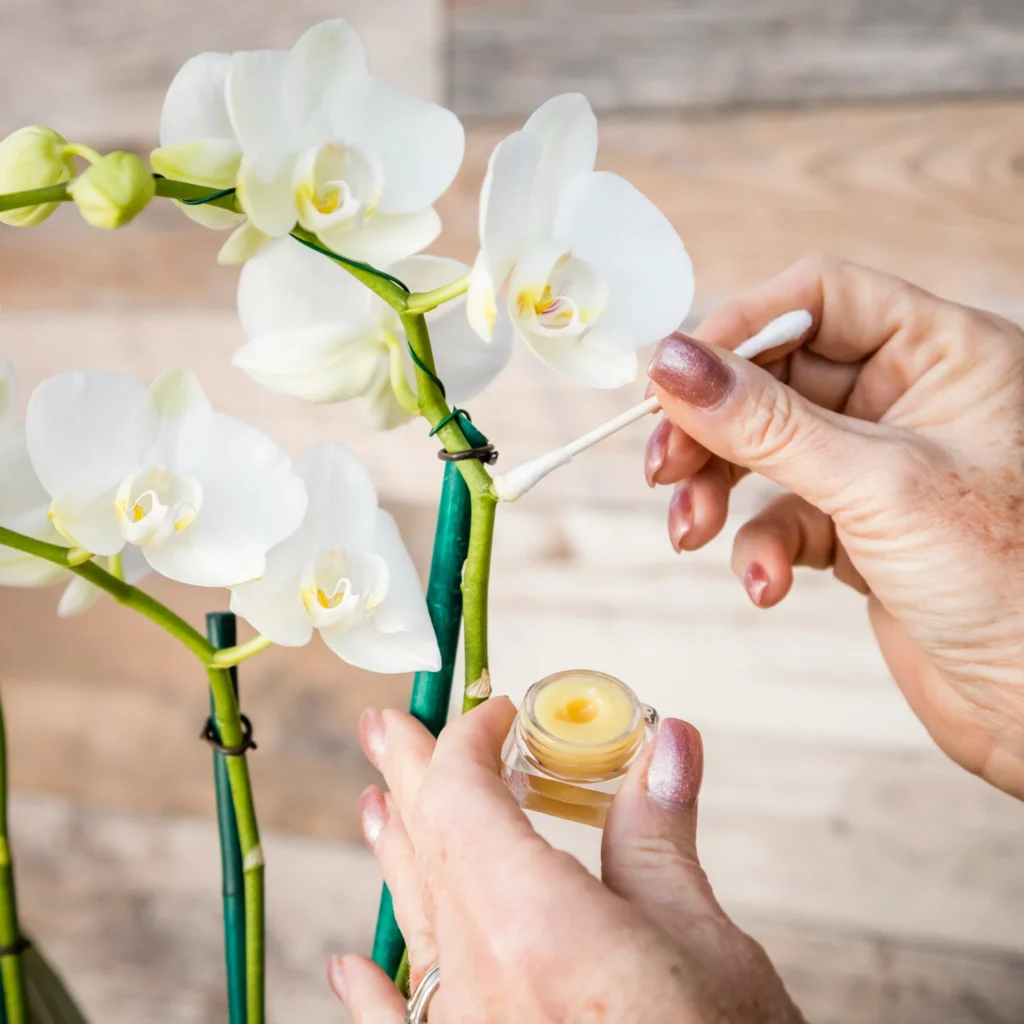Welcome to our comprehensive guide on what is an apiary. If you’ve ever been curious about beekeeping or the world of honey production, you’ve come to the right place. In this article, we’ll explore the definition of an apiary, its importance, and how it plays a crucial role in our ecosystem. So, let’s dive in and discover the fascinating world of apiaries!
1. Understanding the Definition of an Apiary
An apiary is a location where beehives are kept and managed by beekeepers. It is essentially a dedicated space or area where bees are raised for honey production, pollination, or both. Apiaries can range in size from small backyard setups to large commercial operations, depending on the goals and resources of the beekeeper.
Apiaries provide a controlled environment for bees to thrive and produce honey. They are carefully designed to ensure the well-being of the bees and maximize honey production. Beekeepers play a crucial role in maintaining the health and productivity of the hives within an apiary.
2. The Importance of Apiaries
Apiaries are of immense importance for several reasons:
- Pollination: Bees are essential pollinators for many plants, including crops that make up a significant portion of our food supply. Apiaries help ensure the pollination of these plants, leading to increased crop yields and biodiversity.
- Honey Production: Apiaries are primarily established for honey production. Bees collect nectar from flowers and convert it into honey, which is then harvested by beekeepers. Honey is not only a delicious natural sweetener but also has numerous health benefits.
- Ecosystem Balance: Bees play a vital role in maintaining the balance of ecosystems. By pollinating plants, they contribute to the reproduction of various plant species, which in turn supports other wildlife and habitats.
- Education and Research: Apiaries serve as educational resources for beekeepers, researchers, and the general public. They provide opportunities to learn about the behavior, biology, and conservation of bees, fostering a deeper understanding of these important insects.
3. Setting Up Your Own Apiary
If you’re interested in beekeeping and want to set up your own apiary, here are some key steps to get started:
- Research and Education: Learn as much as you can about beekeeping and apiary management. Attend workshops, read books, and connect with experienced beekeepers to gain knowledge and insights.
- Location: Choose a suitable location for your apiary. It should have access to a good source of nectar and pollen, away from potential disturbances, and have adequate space for hive placement.
- Equipment: Acquire the necessary beekeeping equipment, including beehives, protective clothing, tools, and feeding supplies. Ensure that your equipment is of good quality and suitable for the specific needs of your bees.
- Bee Acquisition: Purchase bees from reputable sources or consider capturing a swarm. It is important to start with healthy and disease-free bees to ensure the success of your apiary.
- Management: Regularly inspect and manage your hives to maintain the health and productivity of your bees. This includes monitoring for pests and diseases, providing adequate food and water, and ensuring proper hive ventilation.
4. FAQs on What is an Apiary
Q: How many beehives are typically found in an apiary?
A: The number of beehives in an apiary can vary greatly depending on the size and purpose of the apiary. It can range from just a few hives in a backyard setup to hundreds or even thousands of hives in a commercial operation.
Q: Can anyone start an apiary?
A: Yes, anyone with an interest in beekeeping can start their own apiary. However, it is important to acquire the necessary knowledge, skills, and equipment to ensure the well-being of the bees and the success of the apiary.
Q: Are there any legal requirements for setting up an apiary?
A: The legal requirements for setting up an apiary vary depending on the country, state, or region. It is essential to check with local authorities or beekeeping associations to understand and comply with any regulations or permits that may be required.
Q: How much honey can be harvested from an apiary?
A: The amount of honey that can be harvested from an apiary depends on various factors, including the number of hives, the availability of nectar sources, and the management practices of the beekeeper. On average, a healthy hive can produce anywhere from 30 to 100 pounds of honey per year.
5. Conclusion
In conclusion, an apiary is a dedicated space where bees are raised for honey production, pollination, or both. It plays a crucial role in our ecosystem by supporting pollination, honey production, and maintaining the balance of ecosystems. If you’re interested in beekeeping, setting up your own apiary can be a rewarding and educational experience. So, why not embark on this fascinating journey and discover the wonders of beekeeping for yourself?
Fun Fact: Did you know that bees communicate with each other through a complex dance known as the “waggle dance”? This dance conveys information about the location of food sources to other bees in the hive. It’s truly a remarkable form of communication!
Originally posted 2023-08-10 22:58:20.





